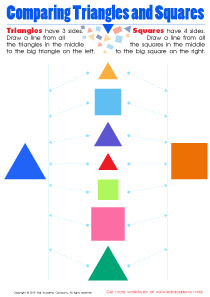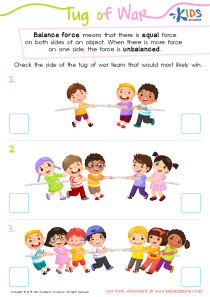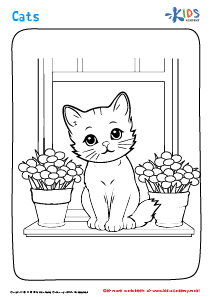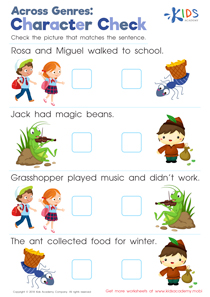Social Studies Lessons | Where You Live, Grade 2
0 results
Discover the world around you with our Where You Live lessons! Designed for Grade 2 students, these interactive worksheets, educational videos, and assessment quizzes will help children explore their own community and learn about geography. Our engaging lessons cover topics such as neighborhood features, maps, and directions. We make learning fun with interactive activities that encourage critical thinking, problem-solving, and creativity. With our Where You Live lessons, your child will gain essential knowledge and skills to navigate the world around them. Join us today and explore the exciting world right outside your doorstep!
The Where You Live Lessons are designed to be a fun and educational resource for Grade 2 students. These lessons focus on teaching children about where they live - their homes, neighborhoods, and communities - while also enhancing their knowledge and skills in important areas such as geography, social studies, and science.
The interactive worksheets provided in the lessons are a great way for students to practice and reinforce what they have learned in class. These worksheets include activities like matching pictures with their corresponding words, drawing maps of their neighborhoods, and identifying different types of homes and buildings. By completing these worksheets, children will not only learn about the physical characteristics of their surroundings but also develop important cognitive and problem-solving skills.
In addition to the worksheets, the Where You Live Lessons also offer educational videos and assessment quizzes. These resources provide a more engaging and interactive way for students to learn about their homes and communities. The videos present information about different landmarks, cultural symbols, and environmental features in a visually stimulating way. Meanwhile, the assessment quizzes allow students to test their knowledge and understanding of the lessons, ensuring that they have mastered the content before moving on to the next topic.
The benefits of the Where You Live Lessons go beyond just academic achievement. Learning about where we live is essential for children's social and emotional development. It helps them connect with their community, appreciate their surroundings, and understand the different roles and responsibilities of their neighbors. These lessons also promote empathy and cultural awareness by introducing students to diverse neighborhoods and cultural practices.
Furthermore, the skills that children learn through the Where You Live Lessons are transferable to many other areas of their lives. For instance, drawing maps and using directional language can prepare them for reading and interpreting maps in the future. Identifying different types of homes and buildings can help them recognize and appreciate different architectural styles and cultural norms.
In conclusion, the Where You Live Lessons are a valuable resource for Grade 2 students. By providing interactive worksheets, educational videos, and assessment quizzes, these lessons enhance students' learning in geography, social studies, and science. They also promote social and emotional development by helping children connect with their community and appreciate the diversity of their surroundings. The skills and knowledge gained from these lessons are transferable to many other areas of life, making them a worthwhile investment in a child's education.














